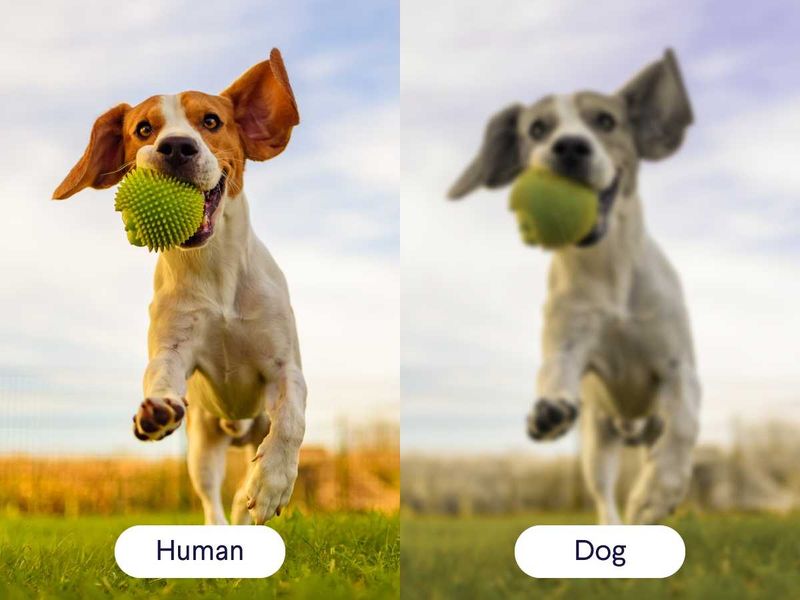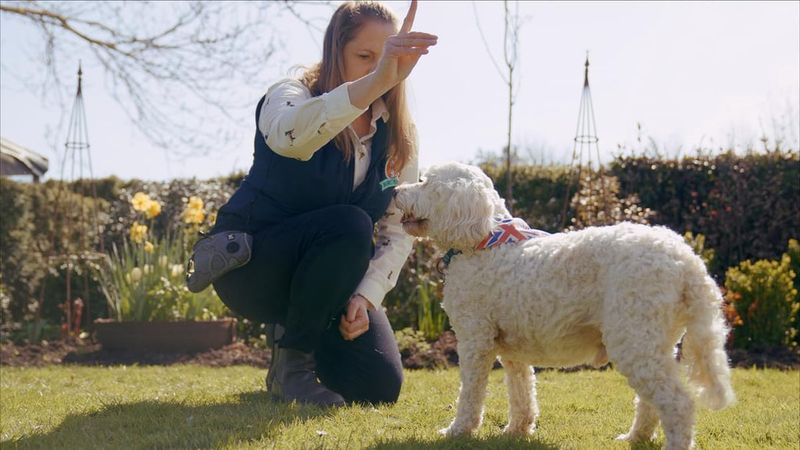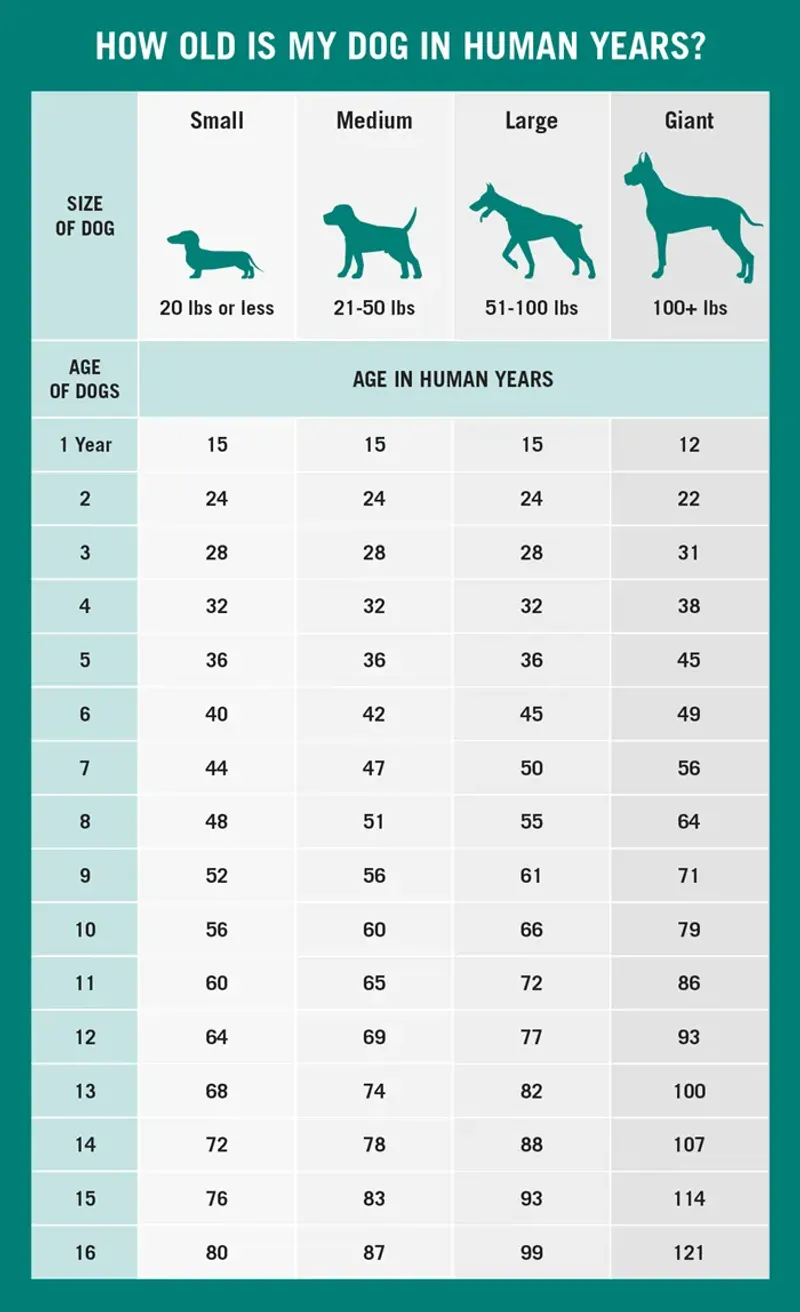Dogs have been our loyal companions for centuries, yet myths and misconceptions about them abound. These myths can affect how we care for our furry friends, leading to misunderstandings about their behavior and needs. It’s time to set the record straight on some common dog myths.
Myth 1: Dogs See in Black and White
Contrary to popular belief, dogs do not see the world in black and white. While their color vision is limited compared to humans, they can perceive shades of blue and yellow. Imagine seeing a vivid rainbow with only a hint of color — that’s closer to a dog’s vision.
This myth likely started because dogs have fewer color-detecting cells, or cones, in their eyes. However, their vision is perfectly suited to their needs. They excel in detecting motion and can see better in low light than we can.
Understanding this helps us appreciate how dogs experience their surroundings.
Myth 2: A Wagging Tail Means a Happy Dog
Many believe a wagging tail is a sure sign of a happy dog, but this isn’t always true. Tail wagging can indicate a range of emotions, from excitement to aggression. The position and speed of the wag can reveal much about a dog’s current state.
A high, stiff wag might indicate alertness or agitation, while a low, slow wag could signal insecurity. By observing these subtle cues, we can better understand what our dogs are communicating.
This myth underscores the importance of reading a dog’s overall body language, not just the tail.
Myth 3: Old Dogs Can’t Learn New Tricks
“You can’t teach an old dog new tricks” is an adage that doesn’t hold water. Dogs of any age can learn new skills with patience and positive reinforcement. Older dogs, with their life experiences, often adapt to new training more efficiently than younger pups.
Training an older dog can be a rewarding experience for both canine and owner. It’s a chance to strengthen your bond and keep your dog’s mind sharp. So, when it comes to training, age is truly just a number.
Embrace lifelong learning with your furry friend.
Myth 4: Dogs Eat Grass When They’re Sick
The belief that dogs eat grass only when they’re sick is widespread, yet inaccurate. Dogs may munch on grass for various reasons, including boredom, dietary deficiency, or simply because they enjoy the texture.
While some dogs vomit after eating grass, this behavior is not necessarily a sign of illness. It’s a natural canine habit observed in wild dogs and their ancestors.
If your dog is a frequent grazer, ensure their diet is balanced and rich in fiber. Otherwise, a bit of grass-chewing is usually harmless.
Myth 5: A Dry Nose Means a Sick Dog
A dry nose doesn’t automatically indicate a sick dog. Many factors can cause a dog’s nose to dry, such as weather changes, activity levels, or time of day. Like humans, dogs experience natural variations in their bodies that are perfectly normal.
Some dogs naturally have drier noses than others, and this can change throughout the day. If your dog is active, eating well, and behaving normally, a dry nose is rarely a cause for concern.
Monitoring your pet’s overall health offers better insights than focusing on their nose’s moisture level.
Myth 6: Dogs Only Yawn When Tired
Yawning in dogs isn’t solely a sign of tiredness. Dogs yawn for numerous reasons, including stress, excitement, and empathy. It’s a fascinating behavior that can tell us much about our canine companions’ emotional state.
When dogs encounter new situations or feel anxious, they might yawn as a calming signal. Similarly, a dog may yawn when anticipating a fun activity, like a walk or playtime. Understanding these cues can enhance our interactions with them.
Yawning is a complex behavior, reflecting a dog’s rich emotional life.
Myth 7: Dogs’ Mouths Are Cleaner Than Humans’
The idea that a dog’s mouth is cleaner than a human’s is a common myth. In reality, both are home to a myriad of bacteria, but the types differ greatly. A dog’s mouth is not less prone to germs; it’s merely filled with different ones.
Dogs explore their world with their mouths, which exposes them to various bacteria. While most are harmless to humans, it’s still wise to practice good hygiene when handling pets.
This myth highlights the importance of understanding our pets’ unique biology rather than comparing it to ours.
Myth 8: Dogs Don’t Feel Pain Like Humans
It’s a misconception that dogs don’t feel pain like humans. They experience pain similarly, though they might not always show it in ways we recognize. Dogs have a survival instinct to mask discomfort, which can complicate care.
Observing subtle signs, like changes in behavior or appetite, can reveal much about a dog’s well-being. If your dog seems off, a vet visit may be warranted. Empathy and understanding are crucial in caring for our pets.
This myth underscores the need for attentive, compassionate pet ownership.
Myth 9: One Dog Year Equals Seven Human Years
The “one dog year equals seven human years” formula is an oversimplified way to gauge a dog’s age. In reality, dogs mature faster during their initial years, with breed and size influencing their aging process.
Larger breeds tend to age more quickly than smaller ones, reflecting a complex relationship between size, genetics, and lifespan. A one-size-fits-all approach doesn’t apply when considering a dog’s age.
For a more accurate understanding, consider breed-specific age calculators or consult your vet. This myth oversimplifies the rich complexity of canine aging.
Myth 10: Dogs Eat Poop Because They Lack Nutrients
Coprophagia, or poop-eating, is a behavior that often puzzles dog owners. While it can be linked to nutritional deficiencies, it’s usually driven by instinct or curiosity. Wild canine ancestors ate feces to clean their dens, a trait that lingers.
Dogs may also mimic this behavior due to boredom or stress. Providing a balanced diet and mental stimulation can curb this tendency. Understanding its origins can help address the behavior compassionately.
This myth emphasizes the importance of recognizing the complex motivations behind canine behaviors.
Myth 11: Dogs Are Colorblind
The belief that dogs are completely colorblind is widespread, yet misleading. Dogs perceive colors differently than humans, primarily seeing shades of blue and yellow. They lack the ability to see red and green, similar to a human with red-green color blindness.
This misconception may arise from comparing dog vision to human norms. What’s pivotal is that their vision suits their needs, excelling in motion detection and night vision.
Understanding canine vision enriches our interaction with them, fostering a deeper connection.
Myth 12: All Dogs Are Natural Swimmers
Not all dogs are born with swimming prowess. While some breeds like retrievers excel in water, others may struggle. Factors like body structure, experience, and personality greatly influence a dog’s swimming ability.
Introducing dogs to water gradually and ensuring they feel safe can nurture this skill. Providing life vests and supervision enhances safety, especially for novice swimmers.
Appreciating individual differences helps us support our pets’ unique needs and preferences.
Myth 13: Dogs Love Hugging
The assumption that dogs universally love hugs is a human projection. While some dogs enjoy close contact, others may feel confined or threatened. Dogs communicate affection differently, often through proximity or shared activities.
Recognizing and respecting individual comfort levels is key to a harmonious human-canine relationship. Observing body language helps discern a dog’s true feelings about close contact.
This myth underscores the importance of understanding and respecting our pets’ boundaries.
Myth 14: Dogs Bark Without Reason
Dogs never bark without reason; each bark conveys a message or emotion. Whether signaling danger, seeking attention, or expressing excitement, barking is a vital form of communication for dogs.
Understanding the context and tone of a bark can help us interpret their needs and emotions. Training can also guide when and how dogs bark, fostering better communication.
This myth highlights the rich communicative potential of our canine friends, urging us to listen closely.














